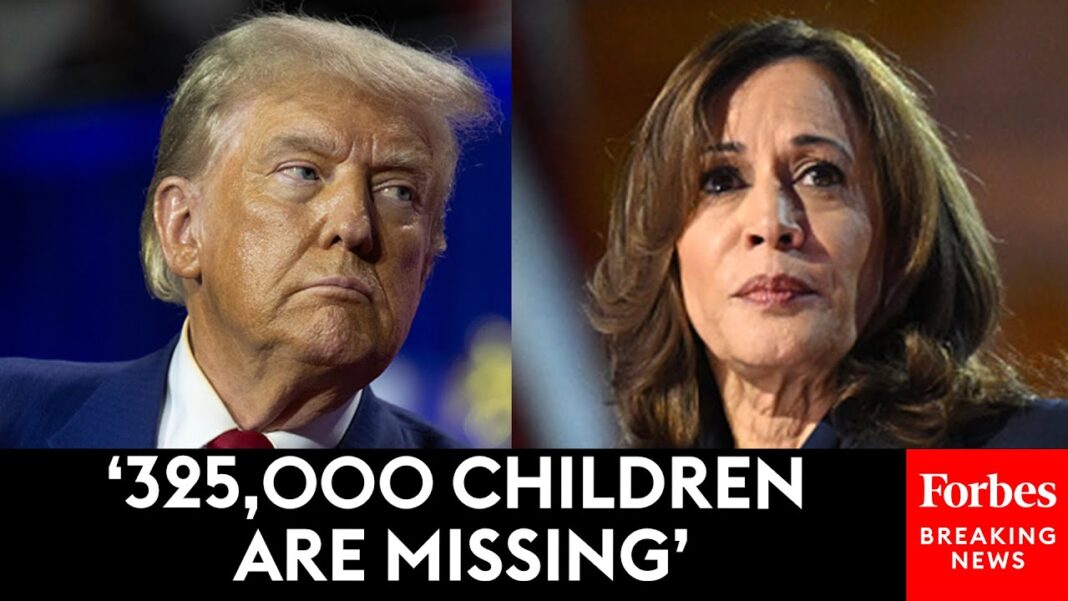A week out from the presidential election, there are warning signs for Democrats among the crucial voting bloc, which has historically been split about 50–50.
Former President Donald Trump has made gains with many demographics since his first presidential bid in 2016. This time, he’s hoping to add votes from a new demographic: young men.
There are signs that the bloc could break for Trump in 2024, which could spell trouble for Vice President Kamala Harris in what is shaping up to be a tight race.
As signs of this shift have become more apparent, both parties have sought to reach out to the group.
Trump made a three-hour appearance on “The Joe Rogan Experience” on Oct. 25, a podcast popular with younger Americans, especially men. According to data from Media Monitors, 71 percent of Rogan’s audience is male, with an average age of 24.
In past cycles, Republican presidential nominees haven’t spent much time courting the youth—voters aged 30 and older have historically been far more favorable to the GOP than their younger counterparts, who have skewed more liberal.
In 2020, for instance, President Joe Biden vastly outperformed Trump in support among young voters. According to national exit polling by CNN, Biden received 60 percent support among 18- to 29-year-old voters, and 52 percent support among 30- to 44-year-old voters.
But those top-line numbers hide a more polarized environment among young voters: Young women are much more Democratic in their voting patterns, while young men have historically been split about 50–50.
This election, Trump may be on track to significantly improve his support among younger voters, particularly those aged 18 to 44—a trend driven by men moving to the Republican Party under Trump.
“What you can see over the three cycles [from 2016 to 2024] is a general rightward shift in younger voters,” Mark Mitchell, chief of polling firm Rasmussen, told The Epoch Times.
About two dozen young men who spoke to The Epoch Times across the United States cited economics as their biggest issue in the election, mentioning housing, tax rates, and inflation as their most pressing concerns.





